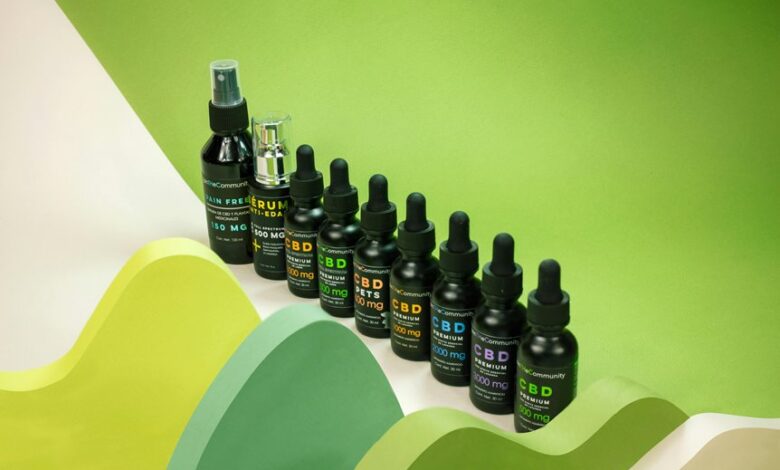What Color Should Cbd Oil Be

The color of CBD oil can vary widely, ranging from light golden hues to deep brown shades. This variation is influenced by factors such as extraction methods and plant genetics. A lighter oil may indicate refinement, while darker oils often signal a concentration of beneficial compounds. Understanding these nuances is crucial for consumers aiming to make informed choices. What implications do these color differences have on the efficacy of CBD oil?
Understanding the Color Spectrum of CBD Oil
What does the color of CBD oil reveal about its quality and composition?
Color variations in CBD oil can indicate the extraction methods used. Oils extracted using CO2 methods often showcase a golden hue, while those using solvent extraction may appear darker.
These differences reflect the presence of compounds and purity levels, helping consumers make informed choices about the products they select for their wellness journey.
Factors Influencing the Color of CBD Oil
While the extraction method plays a significant role in determining the color of CBD oil, several other factors also contribute to its hue.
Plant genetics is crucial, as different strains yield oils with varying pigments.
Additionally, the maturity of the plant at harvest and the presence of chlorophyll and other compounds can influence color, creating a diverse spectrum that reflects the oil's origin and quality.
The Relationship Between Color and Quality
Although the color of CBD oil can vary widely, it often serves as an indicator of the oil's overall quality.
Color perception plays a significant role in assessing quality indicators, as darker oils may suggest higher concentrations of cannabinoids and terpenes.
Conversely, overly processed oils might appear lighter, potentially indicating lower quality.
Understanding these nuances empowers consumers to make informed choices regarding their CBD oil products.
How to Choose the Right CBD Oil Based on Color
Choosing the right CBD oil involves careful consideration of its color, as it can provide insights into the extraction process and overall quality.
Color variations may indicate different extraction methods, with lighter oils often suggesting a more refined process.
Conversely, darker oils may retain more plant compounds.
Understanding these nuances can empower consumers to select a CBD oil that aligns with their preferences and health goals.
Conclusion
In the world of CBD oil, color is more than mere aesthetics; it's a vibrant tapestry woven from extraction methods and plant genetics. A lighter hue may whisper of refinement, while a darker shade sings of rich, natural potency. As consumers navigate this colorful spectrum, understanding the significance behind each tint becomes crucial. Ultimately, selecting the right CBD oil is like choosing a fine wine—it's about personal taste and desired effects, ensuring a harmonious blend for one's wellness journey.






